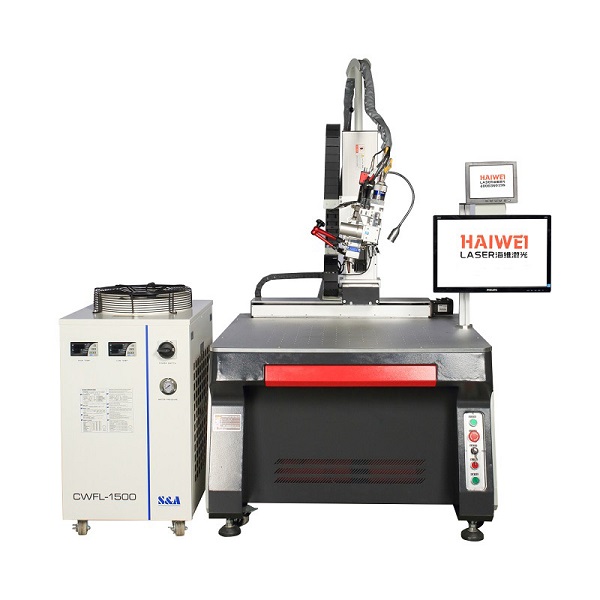Will Laser Welding Machines Cause Deformation in Thin-Wall Materials?
When considering the use of laser welding machines for joining thin-wall materials, one common concern is whether the process will lead to deformation. Understanding how laser welding interacts with these materials can help manufacturers make informed decisions about their equipment investments.

1. Precision and Heat Input Control
The precision of laser welding machines allows for highly controlled heat input, which is crucial when working with thin-wall materials. By focusing the laser beam to a very small spot size, the heat-affected zone (HAZ) is minimized. This reduces the risk of distortion compared to traditional welding methods like TIG or MIG that cover a larger area and introduce more heat.
Key Benefits:
Minimized HAZ ensures less material warping.
High-speed welding further decreases heat exposure time.
2. Material Selection and Preparation
Choosing the right material and preparing it properly are essential steps to prevent deformation during thin-wall material laser welding. Materials with lower thermal conductivity are less prone to warping. Additionally, ensuring surfaces are clean and free from contaminants helps achieve consistent welds without additional heat-induced deformations.
3. Fixture Design and Clamping Techniques
Effective fixture design plays a significant role in maintaining dimensional accuracy during the welding process. Proper clamping techniques can distribute stresses evenly across the workpiece, preventing localized overheating and subsequent deformation.
4. Post-Weld Treatments
In some cases, post-weld treatments such as annealing can be applied to relieve internal stresses that may have accumulated during the welding process. This step can be particularly useful for materials susceptible to deformation due to residual stress.
While there is always a potential for laser welding deformation, especially with thin-wall materials, the advanced capabilities of modern laser welding machines offer effective solutions to mitigate this risk. By controlling heat input, selecting appropriate materials, utilizing proper fixturing, and considering post-weld treatments, manufacturers can achieve high-quality welds with minimal distortion. With 17 years of experience in laser processing applications, Haiwei Laser provides cost-effective and reliable laser processing equipment solutions tailored to meet diverse industrial needs.
Recent Posts
- What are the advantages of laser welding machines in lithium battery pack production lines?
- What issues should be noted when choosing a lithium battery pack production line?
- Quality Inspection and Control of Lithium Battery Module Pack Production Line
- Cell grouping and sorting process in lithium battery module pack production line
- What are the safety hazards of lithium battery pack production lines and how can they be prevented?
INQUIRY

